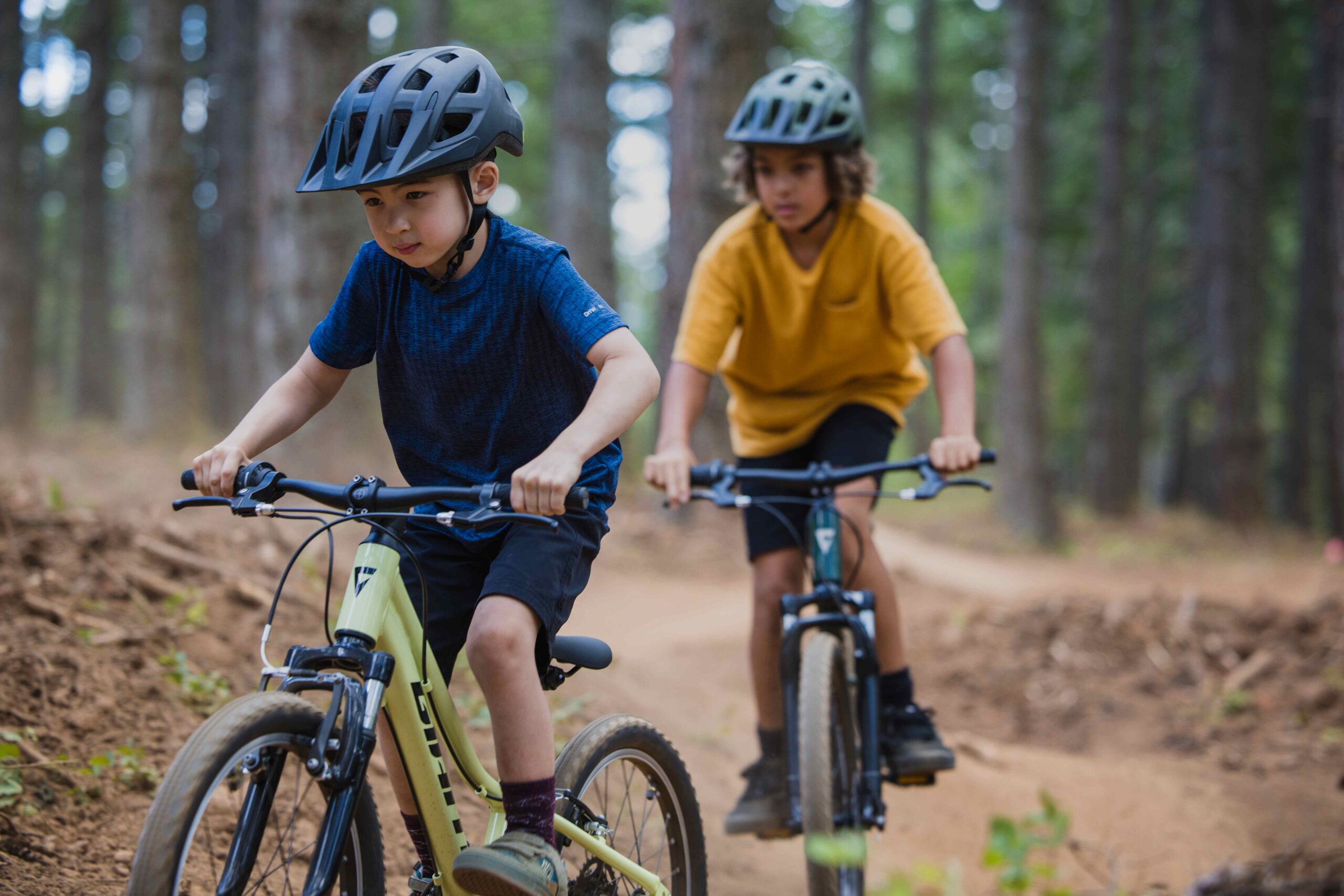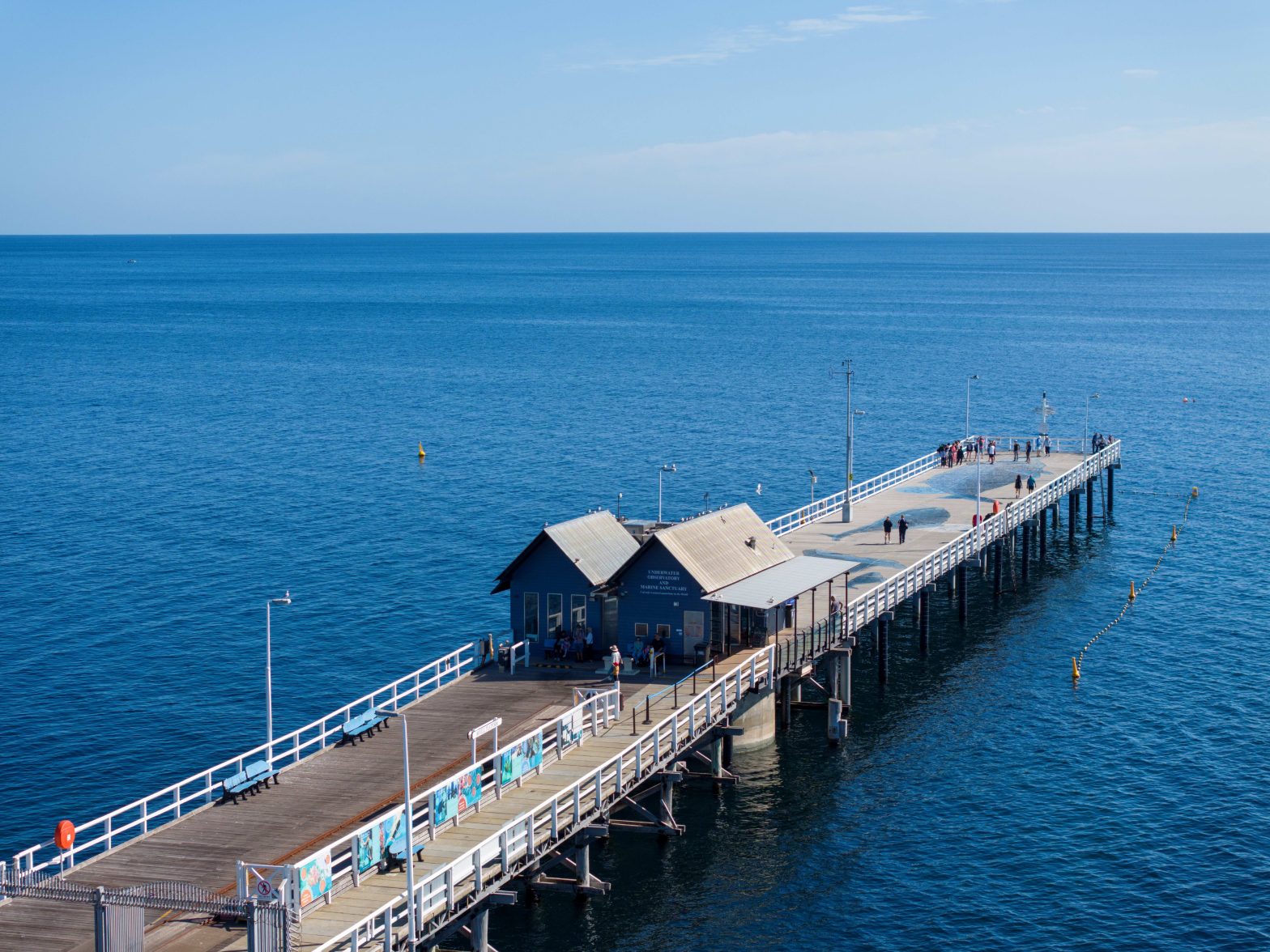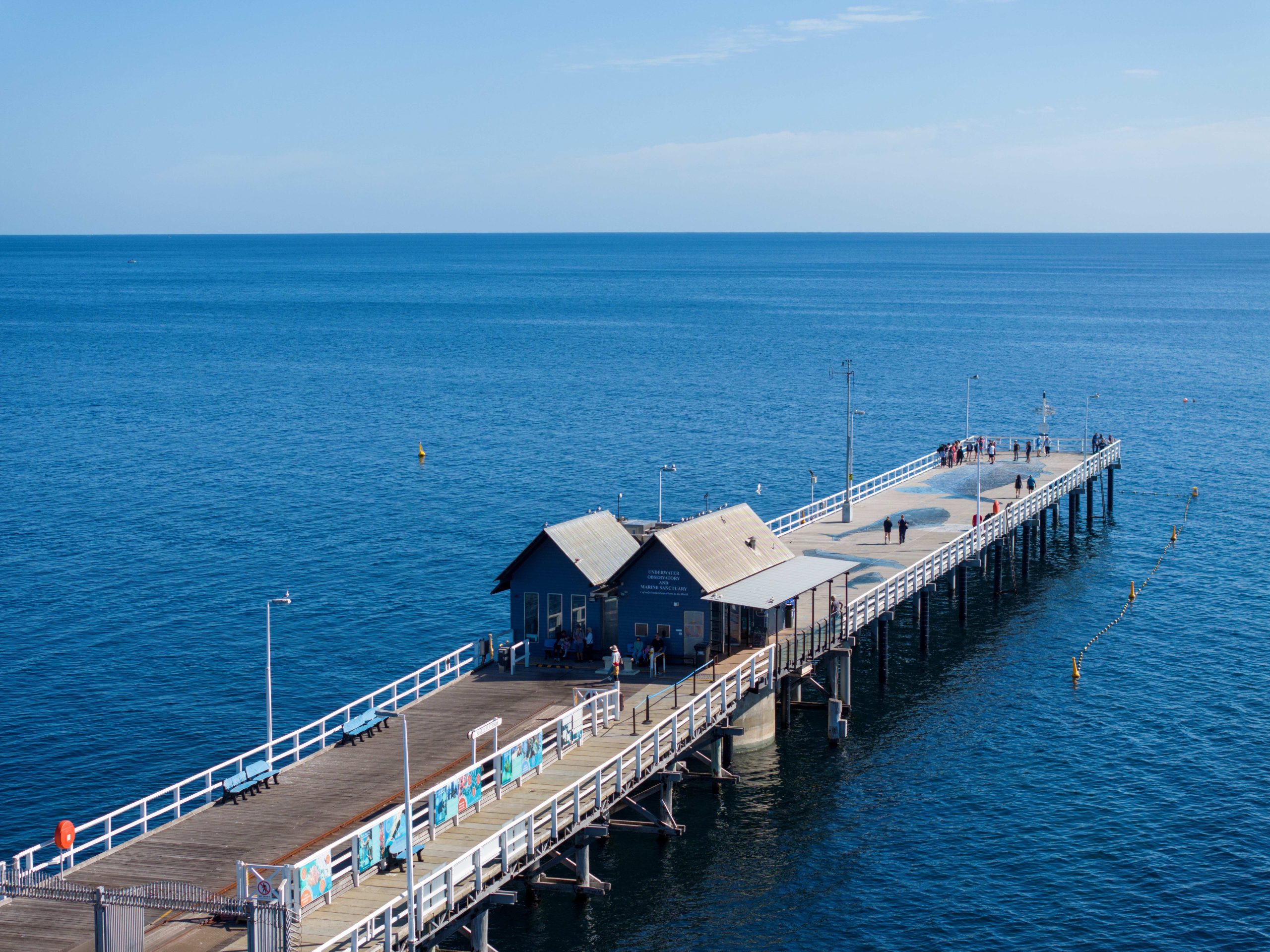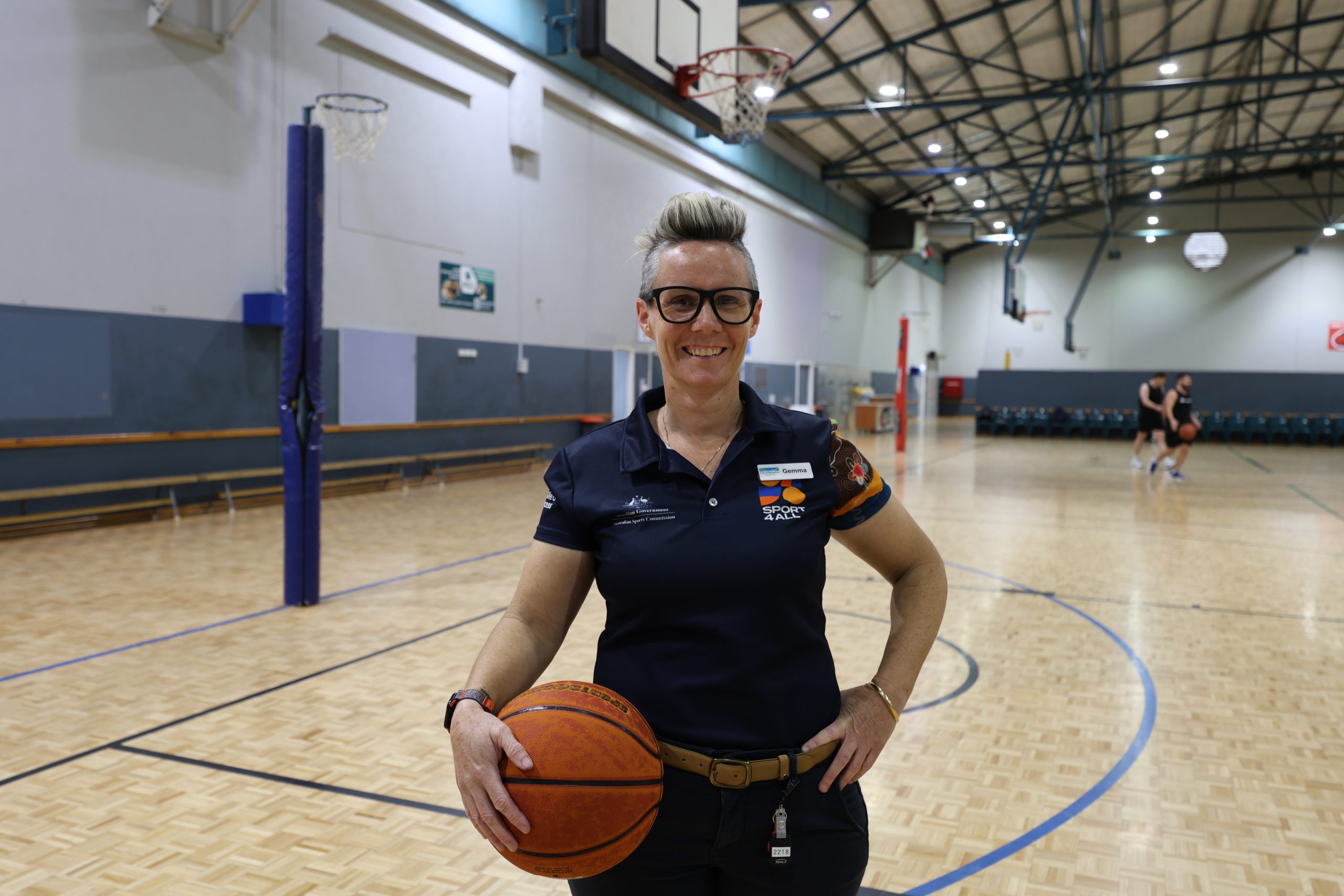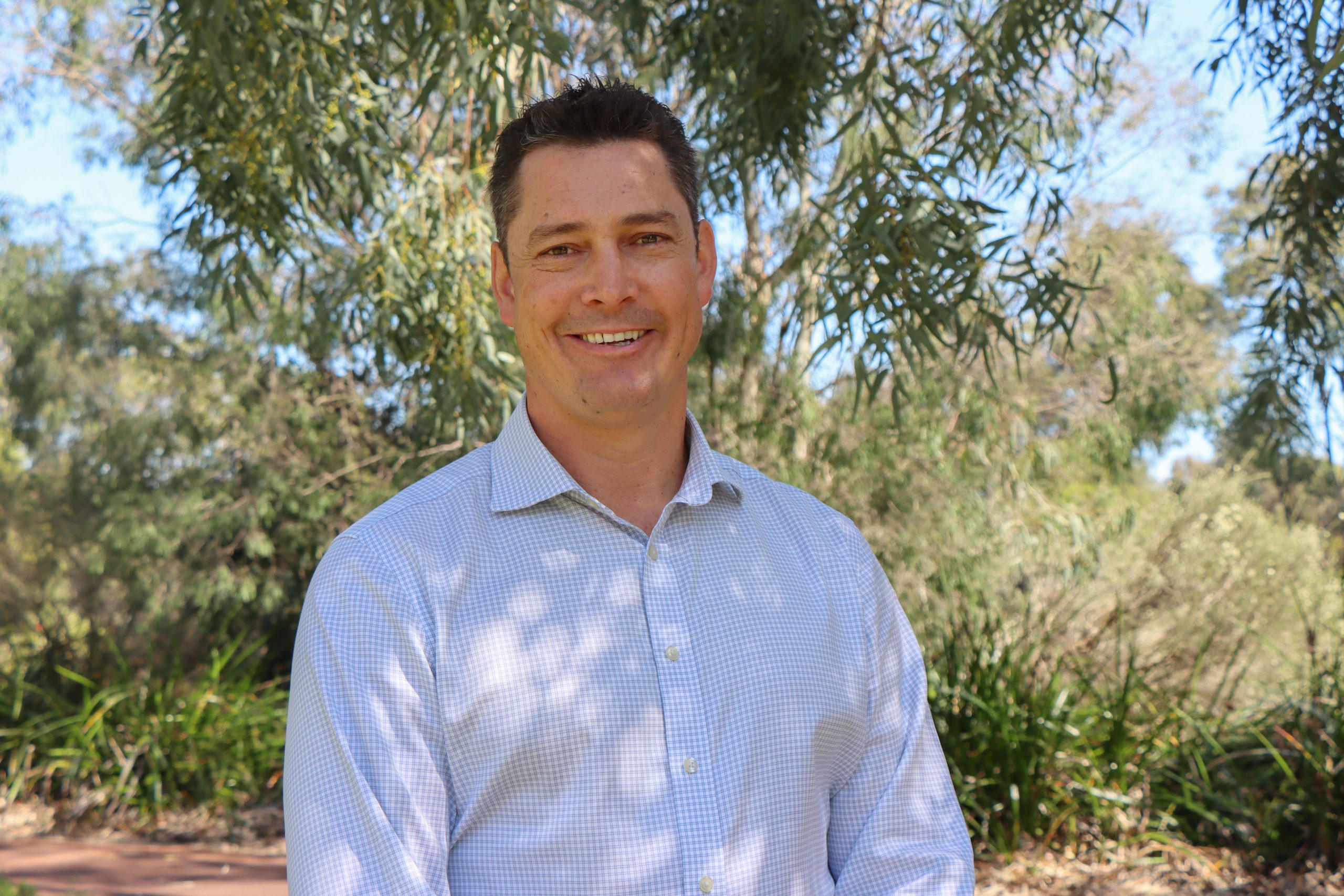Mango magic is hiding in preparation & variety | In Your Patch
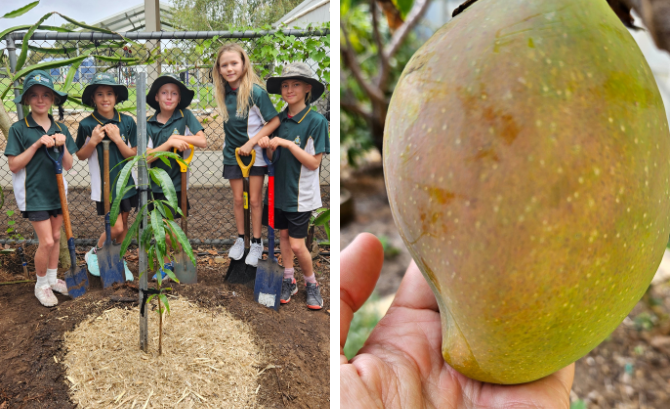
Is there magic to growing mangoes in the South West? A recent planting in the MRPS Edibles Garden will tell us in time...
Once that’s all out the way it’s time to focus on a good foliar spray for your citrus and tamarillos to keep the sap suckers away, and to give your stone fruit a minor cut back to keep them fitting under the nets.
Once all that’s done, take a look around your garden and see if you can’t find space, even if it means rearranging a few plants here and there to make the space, for a KP Mango.
People seem to think that you need to possess almost magical powers to grow mangoes in Margs, but truth be told, you really don’t.
I’d love to be able to claim my mango growing prowess was due to my super green thumb, but it would pretty much be a lie. I’d prefer to share what I’ve learnt so far, so you too can grow and enjoy your own mangoes here in the southwest.
First on my must-have list is a warm, sheltered spot, free from strong winds. Without that, you’ll struggle.
Secondly, they need to be netted. However, stop imagining giant trees surrounded by twenty foot high nets.
I’m on a 750sqm block in Rapids in Margs, not a big block by any standard, and this season have so far eaten at least a dozen home grown mangoes from my tree, with at least that number still to come.
My tree is about seven foot high, due to the fact I lopped the main vertical growing trunk straight off at the height I desired, so it fits under my net tunnel and still allows for very easy picking of the fruit. No ladders required here!
Thirdly, water well in summer. They do like a drink. Ours is located near a sub soil drain so it’s a fairly wet area all year round and in winter it’s positively sopping very close to the tree itself, which is why, fourthly, mound your site or consider planting your tree into a container, a half wine barrel for example, with no base, leading directly into the garden bed if able.
They do like good drainage, but once established, their roots will move into clay or sand or whatever you’ve planted it on.
Fifthly, choose a variety suited to our south west conditions. Namely – a warm, but short, summer. People are under the mistaken impression our tropical fruits can not be grown in the south west. With many varieties, you may well be right. But there are always exceptions to the rule. Do your research. Find out what other people grow and what has worked for them.
We recently planted a KP Mango in the Primary School edibles garden.
It may take a few years to produce fruit, but time passes anyway – nothing planted, nothing gained.
And finally, don’t fret about every brown leaf, every dropping branch, every yellow stem.
They’re not a particularly attractive tree foliage wise, but their fruit well and truly makes up for it.
Like most fruit trees, give them time to mature before expecting a good-sized crop. The tree needs to be large enough to support its fruit production. You may start with lots of flowers and lots of tiny fruit, that all fall off.
It’s ok. Don’t panic!
By year four expect a couple of fruit. Year five, a larger crop, and from year six, you’ll likely need to thin your fruit to allow energy and sugars into the crop you want to keep.
As the tree matures and its root system grows, so too will your fruit.
Last but by no means least, I’d like to mention three great sources of information for all budding gardeners out there.
Gill Pearse heads a great gardening show on Radio Margaret River 101.9FM, ‘The Garden Party’, 12 noon every Saturday.
Tune in for tips and advice from this very knowledgeable, passionate, green thumb.
If you’re on socials, the Facebook group ‘Eat Your Greens’ is a very valuable source of information.
Posts are limited to edibles only, and only to people living in the region. I can’t tell you the number of times the advice from that group has helped me in my patch.
And lastly, this month we have the Edible Gardens Festival May 24 and 25.
Tickets sold out last year and are limited, so please, look it up if you’re wanting to be part of a wonderful, community-driven initiative that helps you skill up with advice on what’s worked and what hasn’t, from local, inspirational gardeners on both big and small plots in this region.
Terri Sharpe is Coordinator and Garden Specialist of the Margaret River Primary School Kitchen Garden Program and a Horticultural lecturer at South Regional Tafe, Margaret River.











